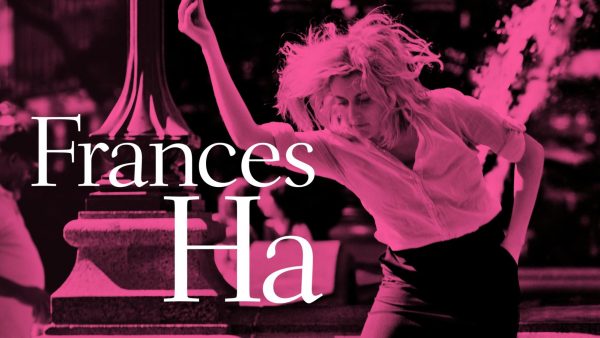Cultural Appropriation
May 18, 2018
Cultural appropriation has come up again and again in the media. Whether it be from Fraternities throwing Mexican-themed parties to Gucci sending Sikh-wearing models out on the runway, it seems like there is no escape from it in our increasingly globalized world. But with every new case involving a majority race using certain aspects of a minority’s culture, it seems as if there is an increasingly blurred line between ‘appropriation’ and ‘appreciation,’ and that statement cannot be anymore true when it comes to Keziah Daum and her Prom dress.
It all began with a tweet. With a few photos of her and her friends and the caption, ‘PROM,’ Daum managed to spark a heated twitter debate regarding cultural appropriation because she, a white female with no chinese ancestry, was wearing a traditional chinese dress for the event. The response was instantaneous, with tweets varying from enraged and offended to appreciative and supportive, and like all debates it seemed as if both sides were becoming increasingly polarized with no common ground to settle on.
And it seems to have gotten out of control.
The new debate over cultural appropriation makes it clear that it is absolutely vital for everyone to understand what cultural appropriation is, what it looks like in action, and what makes acknowledging the cultural significance of customs that are not your own so important.
Cultural appropriation is a sociology term used to describe members of a majority race adopting certain elements of a minority’s culture, and it holds a negative connotation since members of the majority race often take customs with little to no understanding or respect for the marginalized group. It’s hard for people to differentiate it from cultural appreciation, which is knowing the cultural significance and history behind a certain event or custom and embracing it despite the fact that you are not of that race.
Even though one is practicing cultural appreciation, some people are quick to call them out for cultural appropriation because they instantly assume that they are ‘stealing’ culture for their own personal benefit. It’s easy to see since many condemned Keziah Duam for wearing her traditional chinese dress to her Prom since it looked pretty, but why is that appropriation? Duam did not have the intention to disrespect anyone of chinese descent, nor did she use exaggerated chinese stereotypes to portray one who was chinese. She simply wore the dress because she loved the design, the conservative style, and the bright red color, and she appreciated the fact that the dress made her feel beautiful. Isn’t that appreciation?
The defensive argument is fueled by anger, assumption, and impulsiveness, and that anger is somewhat justified given the history of racism in this country. But if we do not share our cultures, beliefs, and thoughts and educate one another, what progress can be made for the future? We need to take the time to be more aware, more understanding, and more willing to see different perspectives if we want to become a more inclusive society, and sooner or later cultural appropriation will no longer be an issue if everyone is appreciating one another.
To have a custom so amazing and meaningful, it would be a shame if one was not willing to share it with the world for others to partake in. Of course, there are going to be people who do not fully appreciate it like you do and misuse it, but it’s our responsibility to educate them and get them to see our perspective. If they do not agree, advise them not to do it anymore. If they ignore your advice, let them live in their bubble of ignorance and allow them to feel the wrath of another party.
Just remember what Mr. Hartman says, “People are jerks. Humans would be better served if we learned to appreciate one another for our differences. And if a person wants to wear clothing that is traditionally associated with a culture other than their own, then they should learn about that culture.”

















